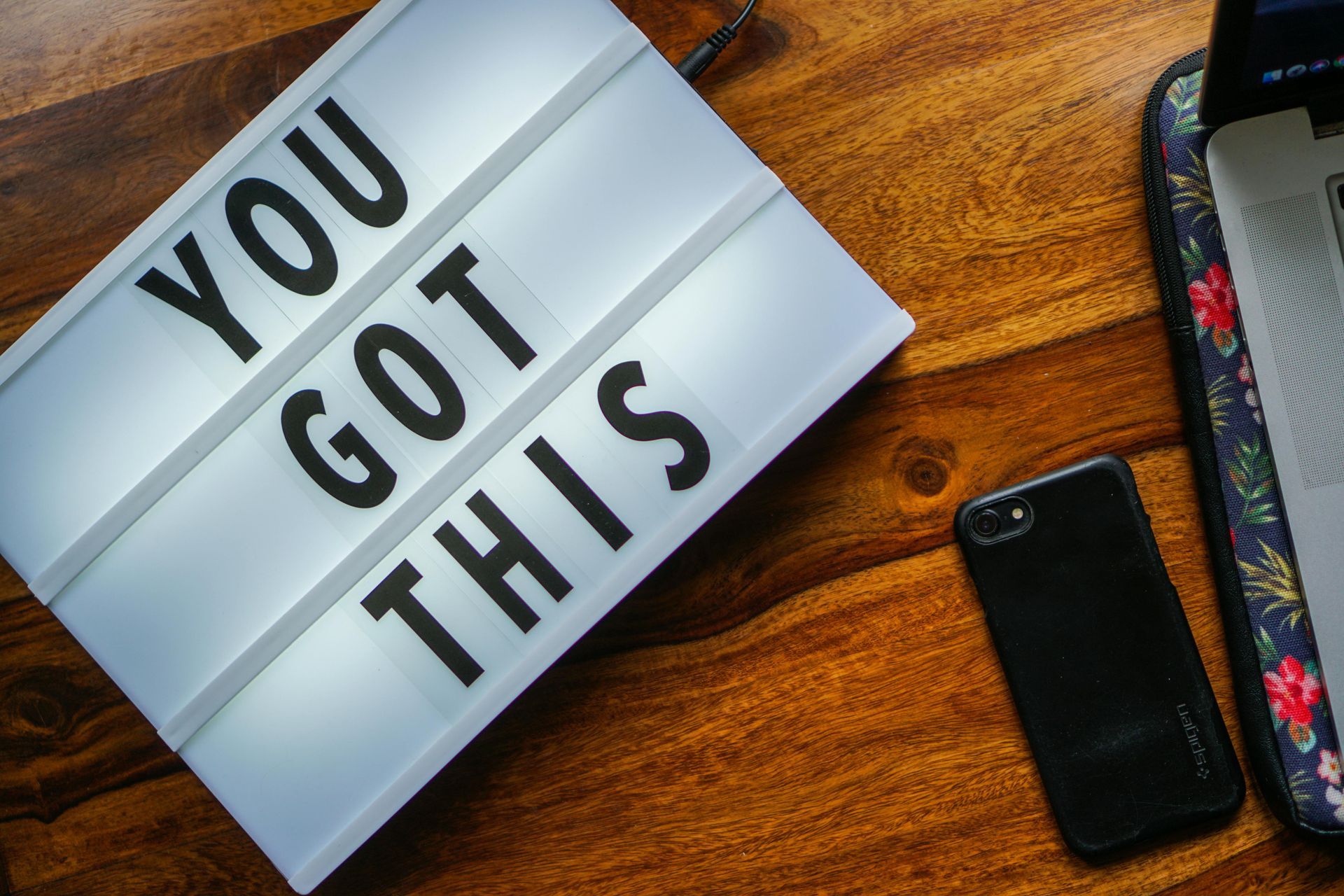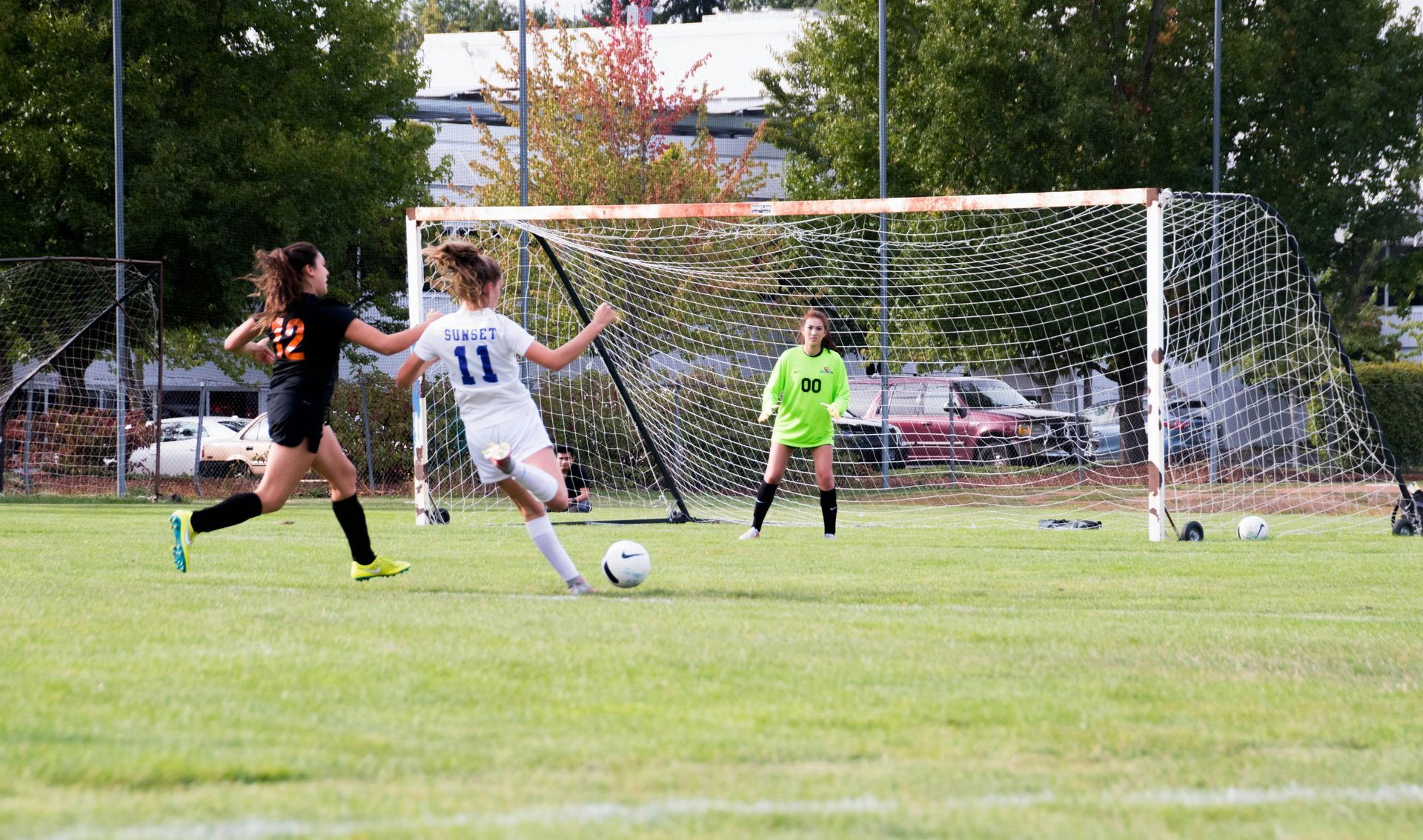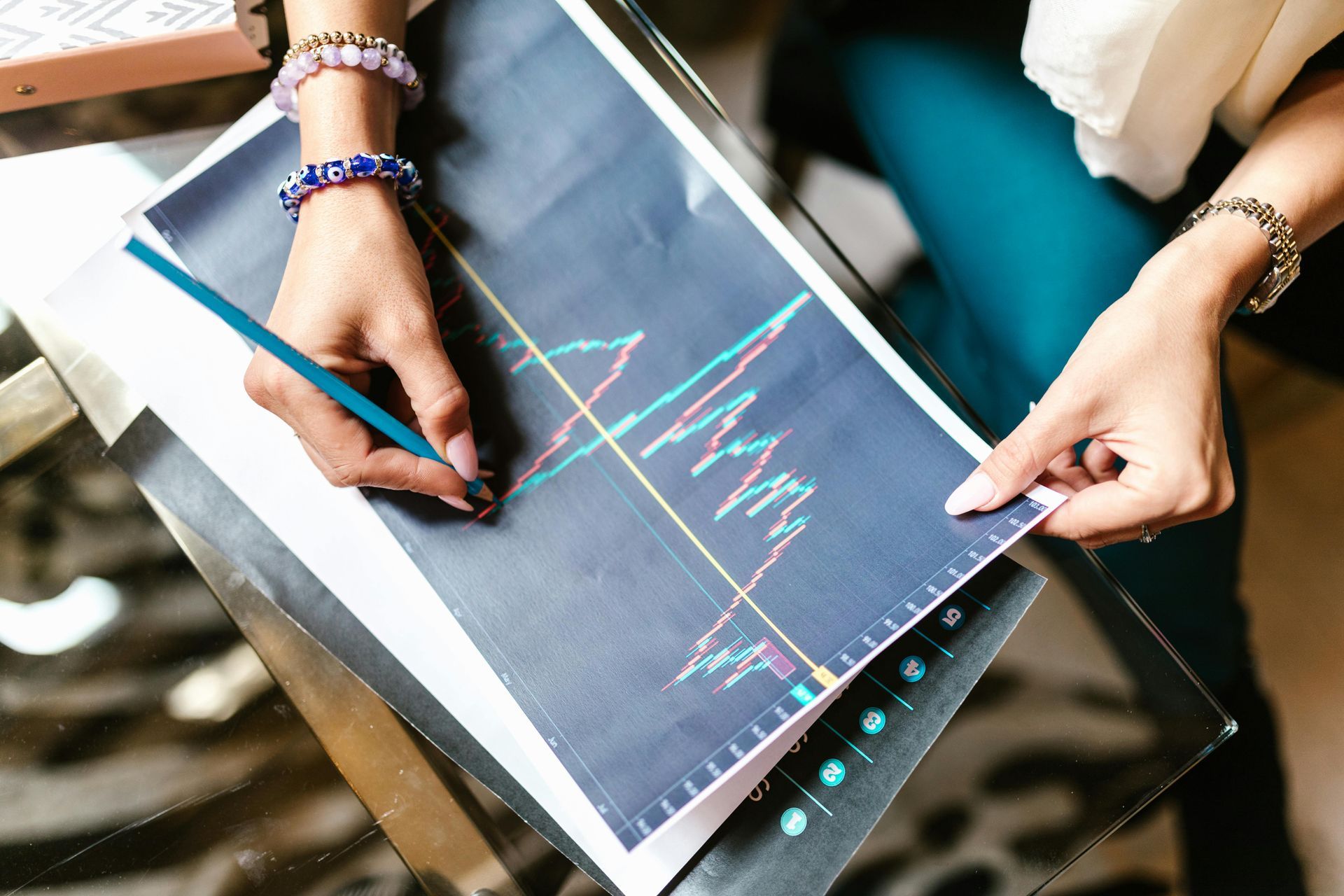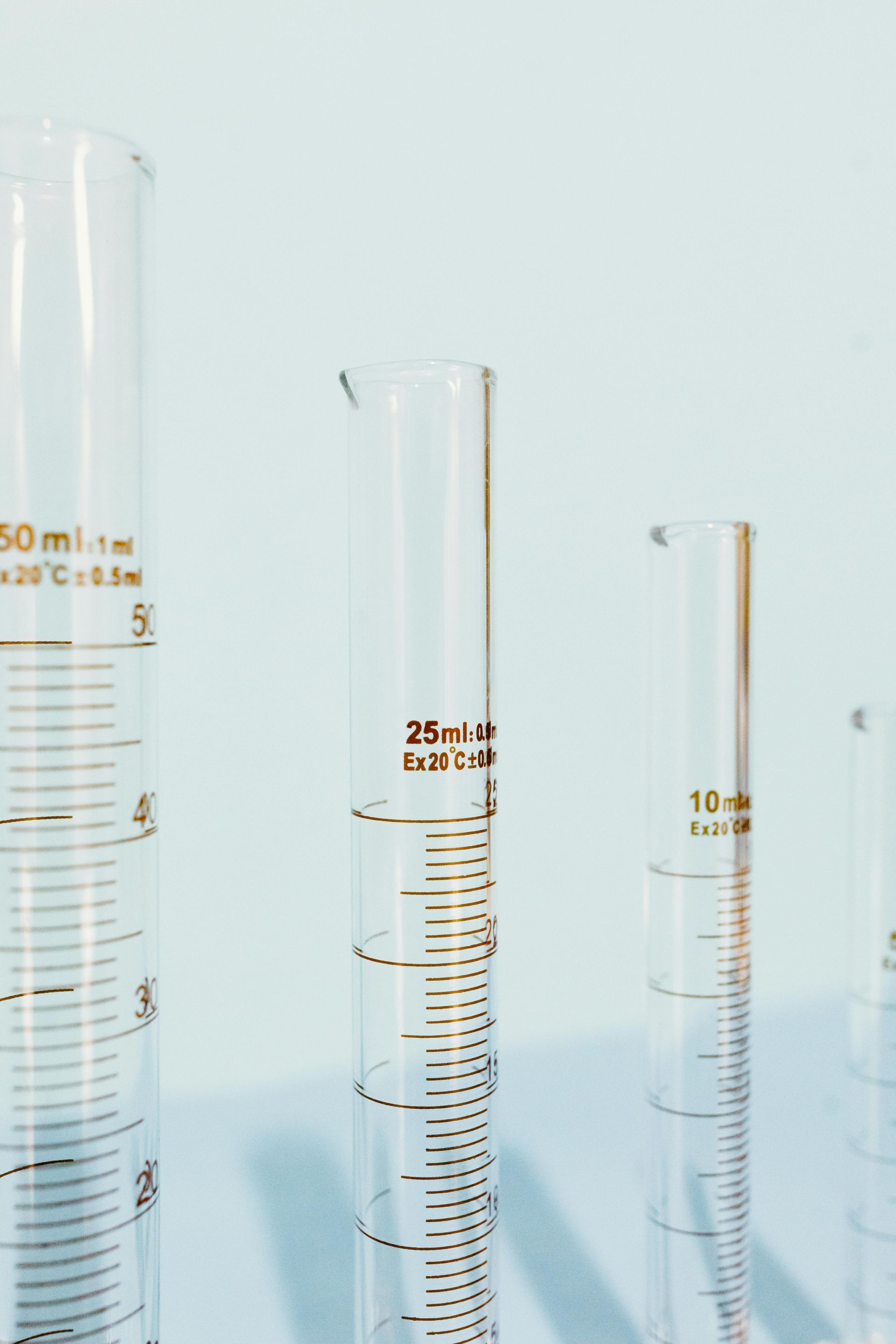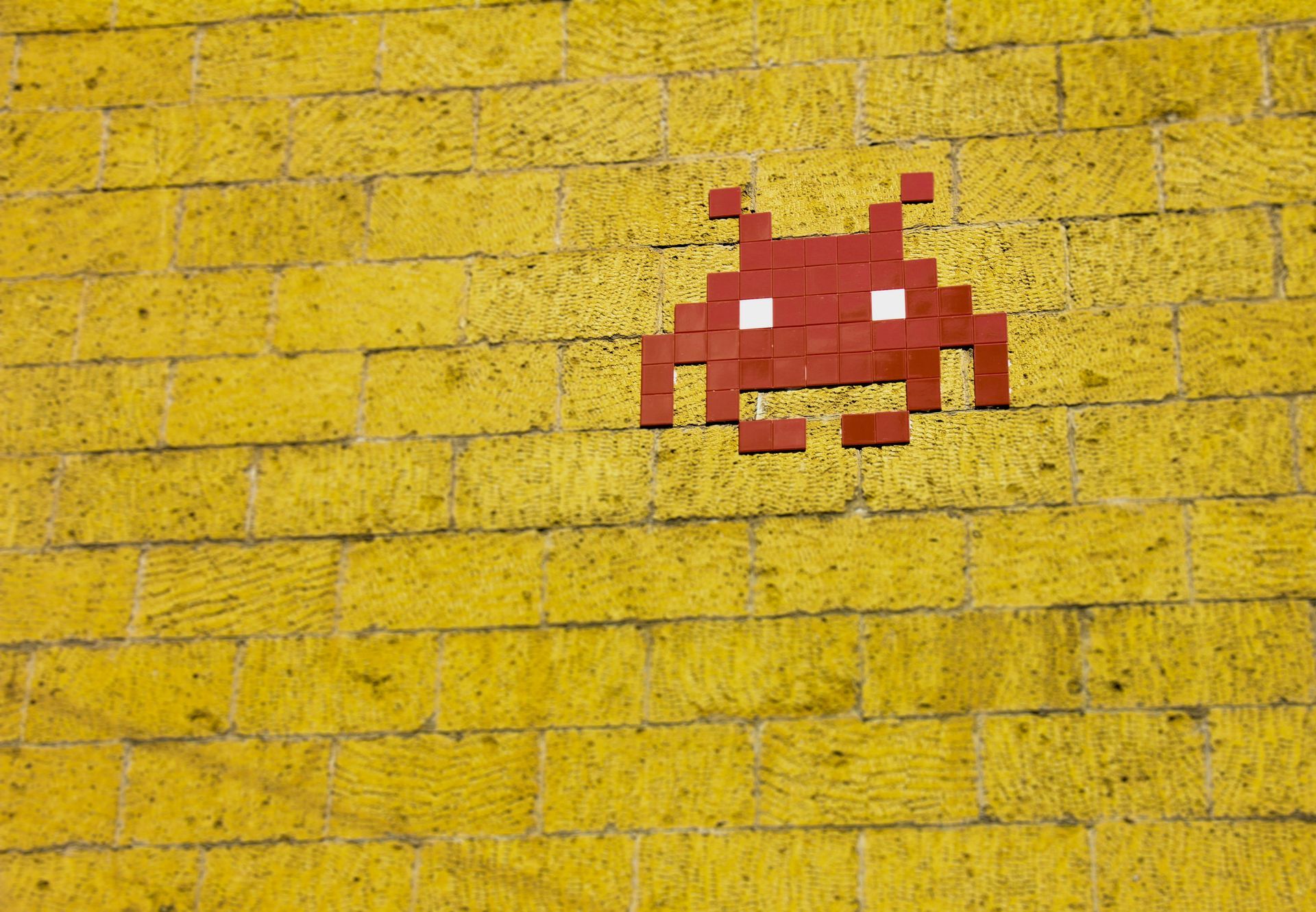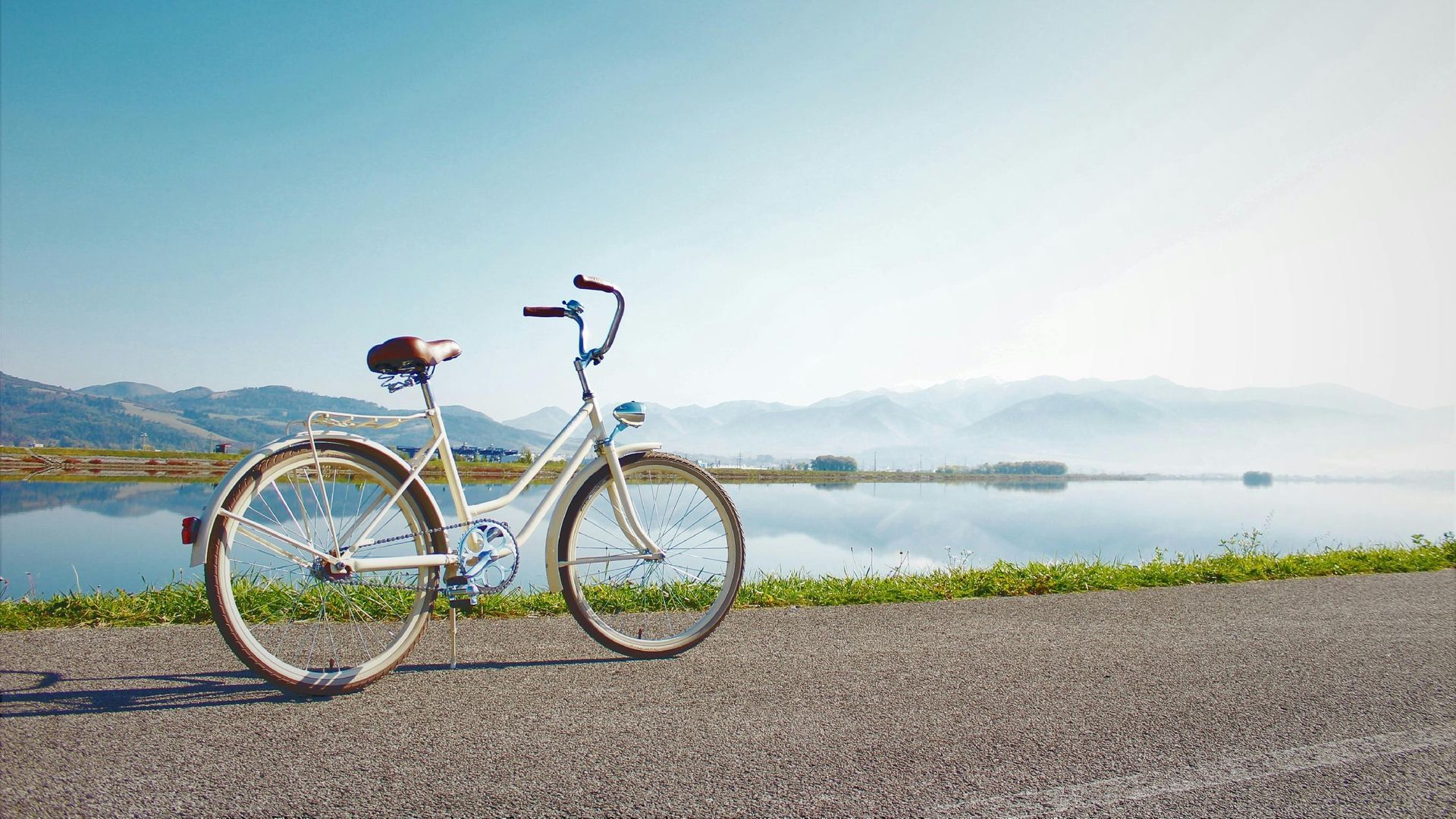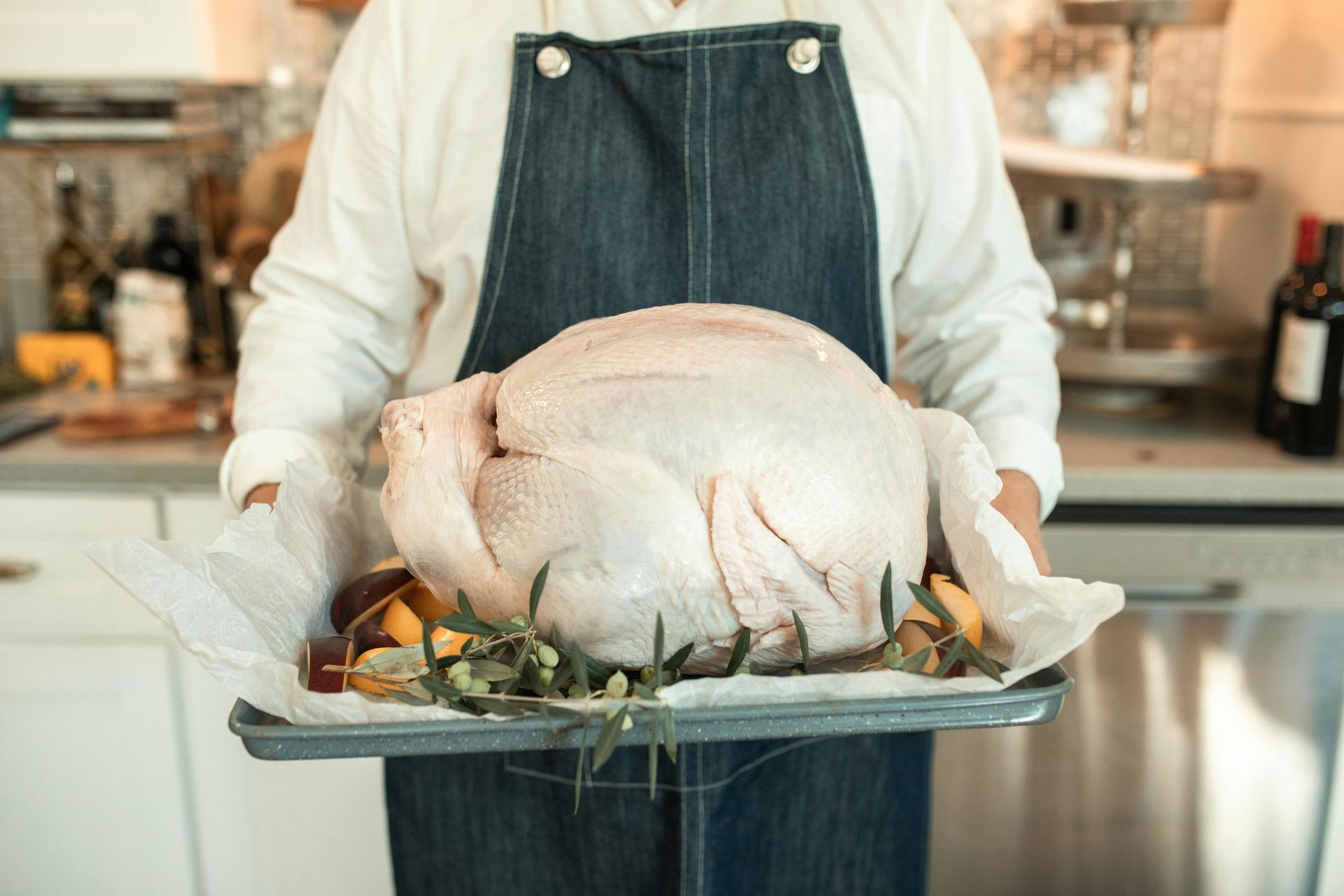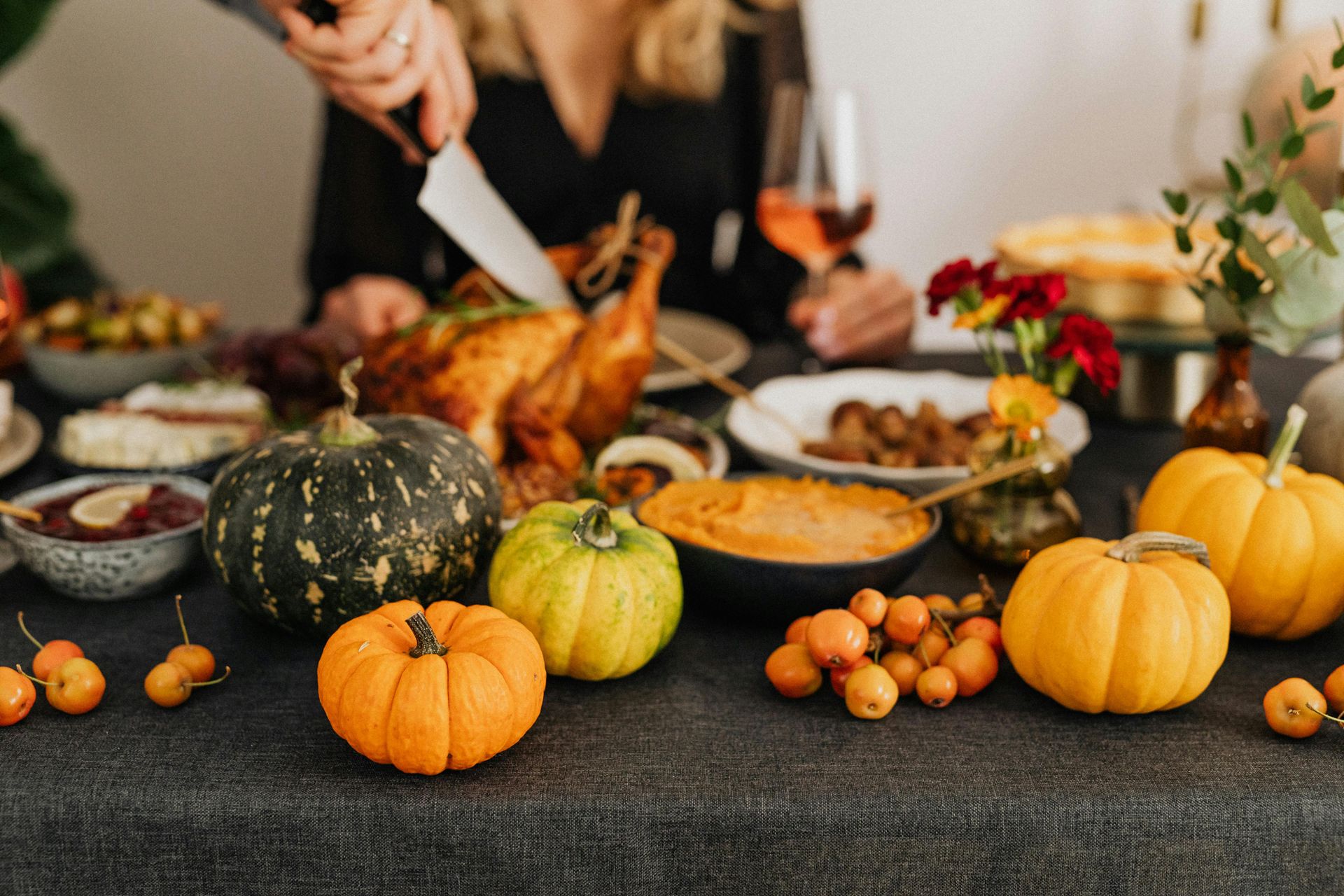You will fall in love with Sous Vide – or cooking “under vacuum” (translation from French) – a method of cooking using a water bath and either a plastic bag or glass jar that contains the food you are cooking.
Think low and slow, a concept we will visit again in future posts associated with different forms of cooking including grills and smokers.
Sous Vide cooking is commonly found in the finest of restaurants in addition to many homes. You cannot overcook food with it. Vegetables are not dried out, or soggy. Steaks are dialed into to your exact doneness – fish too. It takes effort to not get food perfect with it.
It has a lot of advantages including that you can cook and prepare food and then store it. There is no worry about oxygen oxidating fat so that it becomes rancid. Then when you want to eat it, just sous vide it.
We use it to cook everything - egg bites, grits, vegetables, fish, chicken, steak and so on. We also use it to warm up food that was previously cooked, a HUGE advantage here for sous vide vs. warming up leftovers in an oven or microwave that inevitably leaves the food over cooked, dried out, and far less tasty than
when had originally.
When ordering food either at a restaurant or to be eaten at home we do not hesitate to order what we want in terms of quantity (knowing we are guilty as are other humans who frequently have eyes bigger than their stomachs) because we vacuum seal the leftovers and will either put them in the fridge or freezer. And that when we reheat them sous vide they will be at least as good as when we originally ordered them – sometimes better.
A downside is that food prepared sous vide does not brown, does not undergo the Maillard reaction (a chemical reaction involving the amino acids and sugars found in foods) and or caramelization (the browning of sugars) that produces amazing flavors and aromas. Think about toasting a marshmallow vs. warming it up sous vide.
So here is a general principle or step in cooking sous vide. With steak, if you want medium rare (132-135 degrees), set the sous vide to 120 degrees and keep the vacuum sealed bag of steak in the water for the set amount of time. There are widely available tables that will tell you how much time you need to get to different temperatures of whatever you want to cook. They will also tell you what temperatures you are looking for depending on what you are cooking. It truly is very simple.
Once your get your steak is done in the sous vide, you take it out of the bag, pat it dry, season it (Maldon Sea Salt, coarse black pepper, granulated garlic), and then sear it in an iron skillet for several minutes on each side. Let it rest for 10-15 minutes before eating. No worries here either, a number of future posts on all things related to steak and meat heading your way.
Side Bar: Thermapen. A must have if you are going to cook steak chicken or anything that is “temperature” sensitive. It is worth the money. Having gone through less expensive ones and having learned my lesson the hard way on numerous occasions, get this one. (No commission earned)
So get one – a sous vide that is. And this is especially true if you have a vacuum sealer. They make a perfect pair. Force multipliers.
Wishes for a great and productive day to all,
Hugs too,
David
- Anova Sous Vide Cooker and Water Container

